Endangered arks: zoology and conservation
Earlier in the year, David Field from the Zoological Society of East Anglia came to speak at EI and posed the question: “Zoos are powerful conservation organisations – fact or fiction?”
Volunteering as a young boy, David was committed to saving species through zoo conservation, going on to educate the public and raise awareness of our animal kingdom. Moving on from commercial entities to vital conservation vehicles, zoo techniques are being adopted in the wild to restore native populations, with genomics playing a key role in their longevity.
There is an eclectic range of zoos across the globe, and indeed, there has been throughout history. When the Zoological Society of London was first conceived by Sir Stamford Raffles, it was written into its constitution as primarily a scientific endeavour. When the zoo first opened in 1826 it was only open to scientists and Fellows of the Society. It was not until 1847 that the zoo opened to the general public and this was to raise much needed funds to run the zoo but also to respond to the overwhelming desire from the populous to see the wonders of nature that were exhibited there.
In the 1970s, there was massive growth in commercial zoos. Many entertainment and investment companies seeing them as a growth market. The welfare and morals of these institutions were called into question. This led to some of the most stringent zoo legislation in the UK that became the model for many other countries including a European Directive on zoos in 1999. This did not prohibit commercial zoos but ensured that standards were raised, and required zoos to deliver mission elements such as conservation, education and research.
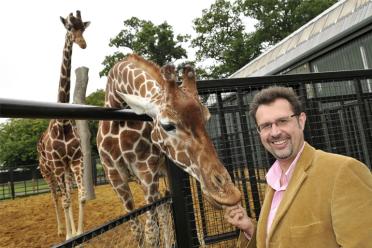
In parallel to this, some of the major zoos such as Jersey, London, Edinburgh, San Diego were formalising global and national collaborations for best practice and beginning to work with the conservation authorities on endangered species. Over the last 20 years this has accelerated at a major pace such that the European Association of Zoos (EAZA) has over 500 member zoos working together for conservation, education and research. In 2017, EAZA zoos contributed over €27 million to conservation projects.
However, it should be noted that EAZA zoos only represent a fraction of the zoos across Europe, they represent the best zoos who are committed to high standards and conservation. There are many zoos in Europe and the UK who are fulfilling their conservation obligations and should not be held to account by other zoos, the licensing authorities, and indeed, the general public.

... the priority now is very much to work with the animals in the wild to avoid the need for reintroduction.

David Field, CEO, Zoological Society of East Anglia (ZSEA).
Has conservation actually changed or has it just become more challenging and the solutions more diverse?
The idea that the focus is on particular species and in the zoo context we breed that species and put it back in the wild does still exist. For the public, this is often seen as the main role of zoos.
This does still occur, and most recently the reintroduction of Partula snails back to Polynesia is testament to the role of zoos and their commitment to the ‘non-sexy’ species and long-term conservation.
But reintroduction is expensive and time-consuming – the priority now is very much to work with the animals in the wild to avoid the need for reintroduction.
However, the zoo option is still needed as an insurance policy and under the “one Plan” approach; there is a greater focus on the sharing of the genetic resource between wild and zoo populations to ensure healthy populations.
Zoos are expert in managing small populations and the care of animals. The techniques we have developed for veterinary interventions and transporting animals, for instance, are having greater resonance for managing wild populations as animals are constrained into smaller and smaller habitats.
The translation of zoo techniques to the wild is of increasing conservation impact.

... the illegal wildlife trade is driving many animals to extinction and the growth in human population is putting so much pressure on our planet.

David Field, CEO, Zoological Society of East Anglia (ZSEA).
The major factor in conservation is without doubt people. The conflict for living space between animals and people is increasing, the illegal wildlife trade is driving many animals to extinction and the growth in human population is putting so much pressure on our planet.
For zoos, one of the major roles that we can play is conservation education, promoting and influencing behaviour change towards positive environmental behaviours in the communities where we have zoos and where we work in the field.
In the UK, over a third of the population visit a British and Irish Zoo Association (BIAZA) member every year – that provides an enormous audience for us to influence and change attitudes about the environment and animals.
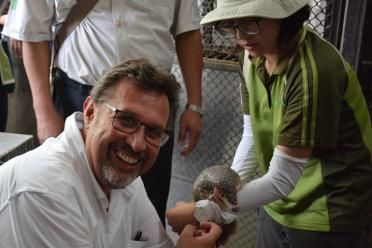

... although people may be the problem they are also the solution.

David Field, CEO, Zoological Society of East Anglia (ZSEA).
I have highlighted the imperative of conservation education in zoos, but we must go further than simply didactic teaching and learning. To achieve our aims we must engage and achieve much deeper connection between animals and people. Citizen science and conservation is an incredibly powerful way for individuals to get involved, to build greater connections with science and the cause.
Citizen science and conservation often rely on large numbers of individuals to get involved, to answer the surveys, to count the butterflies etc. to increase the validity and impact of the project. BIAZA zoos together can access a large audience of people already primed towards animals and a ready-made audience for citizen science projects.
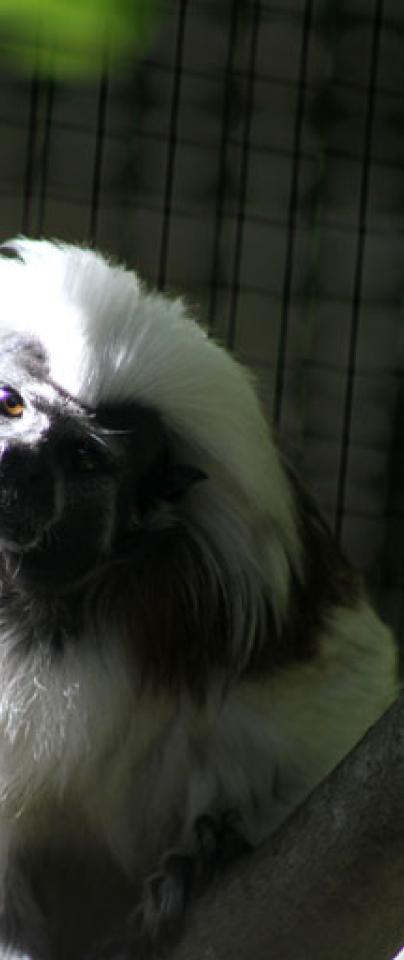

There are huge possibilities for conservation genetics to improve the future management of threatened species

Zoos have only relatively recently begun to embrace genomics. Many of our pedigree- based management programmes have incomplete or inaccurate pedigree records, origin assumptions and taxonomical uncertainties.
The way in which modern genomic tools can help us to infer how species have changed over time, evaluate a species adaptive potential, describe genetic distinctiveness can guide our work in translocations, reintroductions and breeding programmes. There are huge possibilities for conservation genetics to improve the future management of threatened species.
Zoos and aquariums have huge repositories of genetic material and are thus archives of genetic diversity. EAZA has established a Biobank with the aim of collecting samples from all species and as many individuals in EAZA zoos.
Linking this information with the incredibly detailed records held about our animals provides a plethora of possibilities for linking genotype with phenotype information.

Zoos can be a powerful place to reconnect animals and people, rewire our generations and bring the community together.

David Field, CEO, Zoological Society of East Anglia (ZSEA).
People, people, people…
Unless we can reduce our impact on the planet, on the environment and on animals, then we face serious consequences. But what I would like to see is much more optimism because although people may be the problem they are also the solution.
Conservation actually works and I would draw your attention to the Durrell Index which shows how the work of Jersey Zoo has positively impacted the species they are working with. This is powerful stuff, proving that conservation works – we just need to do more of it.
I got into zoology because of my local zoo. I was a volunteer at the zoo from the age of 12. It was a slightly different world then so I was allowed to ride elephants, play with chimpanzees and feed orangutans. This had a powerful impact on me and I became committed to animals and their conservation.
My drive and ambition is now to share that wonderful world with all those that visit our zoos. Zoos can be a powerful place to reconnect animals and people, rewire our generations and bring the community together.
Among visitors to our zoos will be future decision-makers, future policy-makers so hopefully we can influence them. After all Attenborough, Goodall and Mittermaier were all inspired by their childhood zoo visits.
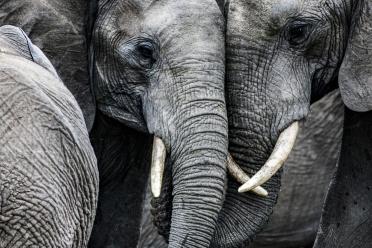
The Zoological Society of East Anglia is a very young charity, established in 2013 as the custodian of Banham Zoo and Africa Alive! We are at the very start of our mission journey but believe passionately in the power of animals to achieve a better world.
Conservation education is a primary role and our initial goal is to reconnect our communities with nature.
Out ultimate aim is of course conservation of animals and we are currently involved in two major projects. Firstly with the conservation of lemurs in Madagascar. ZSEA directly supports and assists in the running of a Madagascan NGO (AEECL) which translates to the Lemur Conservation Foundation.
Our Conservation Director, Gary Batters, is the President of this NGO and provides oversight to the various conservation projects, and assists in the administration and fundraising for the organisation.
Our second project is in Vietnam and Laos where we are working with critically endangered Saola – a small buffalo like species which is on the verge of extinction. This multi-partner project and the conservation authorities have now decided to try and catch some of the few remaining animals (if they still exist) and transfer to a purpose built facility in Vietnam for breeding.
Our role is oversight of the captive breeding facility, using our zoo knowledge and transferring this expertise to this field scenario.
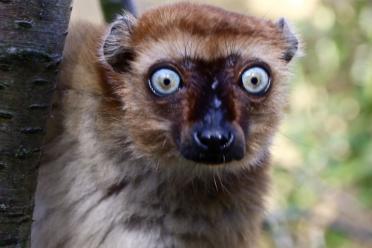
ZSEA involvement with EI is embryonic. As a relatively newcomer to the area, I was incredibly inspired with the work that I was introduced to at EI.
The Colombian project is particularly exciting to us. I see so many possibilities for collaboration especially in the citizen science arena. I look forward to our future work together.